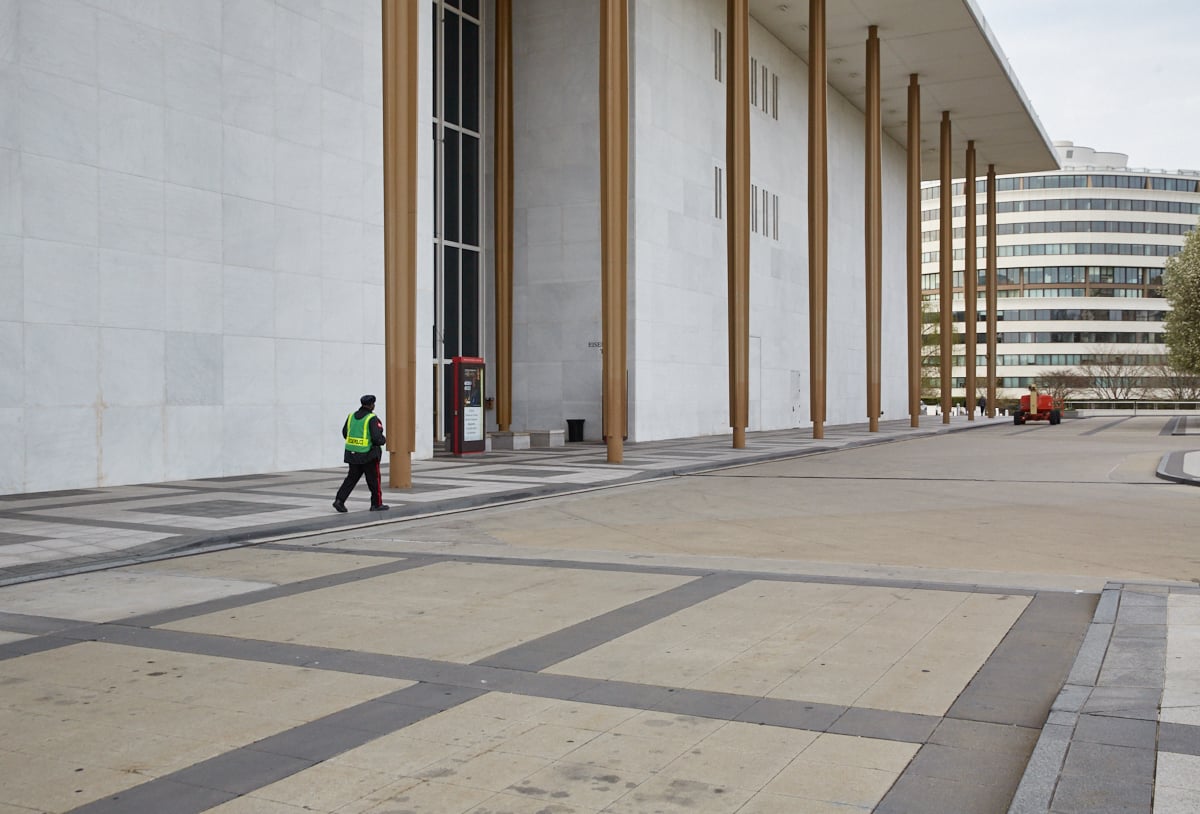In 1941, with Europe fighting tyranny and Pearl Harbor having shocked Americans into war, some Washington leaders concerned themselves with issues more aesthetic than mobilizing the troops.
They aimed to protect the treasures.
Corcoran Gallery of Art director C. Powell Minnigerode secretly researched locations outside Washington to which important artworks might be moved. Leesburg was considered, as was Frederick. But with its over-the-Blue-Ridge location and absence of wartime industry, Winchester was deemed the safest.
Minnigerode met with Winchester’s postmaster to review sites. Among the city’s buildings—including apple-storage facilities and a hotel—the public high school was determined the best place to hide valuable works of art.
Two trucks from Garfinckel’s department store and a Security Storage van ferried 48 paintings, four Gothic tapestries, and a Persian carpet to the basement of John Handley High School. Among the works were Winslow Homer’s “A Light on the Sea,” a Degas study of ballet dancers, a John Singer Sargent, and Gilbert Stuart’s iconic portrait of George Washington.
A red-brick building constructed in 1923 on a hillside, Handley is Winchester’s only high school; today it’s on the National Register of Historic Places. In the basement is a 670-square-foot vault with a 15-foot ceiling of reinforced concrete and walls of concrete and brick.
The Corcoran paid to upgrade the existing vault with a brick floor, electric lights, an alarm system, and a phone as well as secondhand metal doors bought for $875. The gallery paid $75 a month for 24-hour watchman services.
There the art stayed until 1944, when it was returned to the Corcoran walls.
By the 1960s, the Cold War prompted use of the Handley vault again, this time as a communications hub in the event of a nuclear attack. The federal government detailed a plan under which Winchester’s mayor and members of the city council would be admitted to the room, which was outfitted with sealed casks of water and meal rations, medical supplies, and a dental chair.
As generations of children moved through high school, these items stayed—aging along with the Soviet threat.
Today, as Handley High School undergoes a $65-million renovation, the Winchester architecture firm Reader & Swartz is designing a permanent exhibition in the building that will display the old inventory, which until now has been in storage. The plan includes producing, displaying, and selling prints of the Corcoran artwork that was kept there.
As the school’s interior walls are ripped away and spaces reconfigured for a modern library and classrooms, the vault is still there underground, its metal doors open. Now empty, it’s a reminder of global threats as well as a destination that can be reactivated at any time.
















